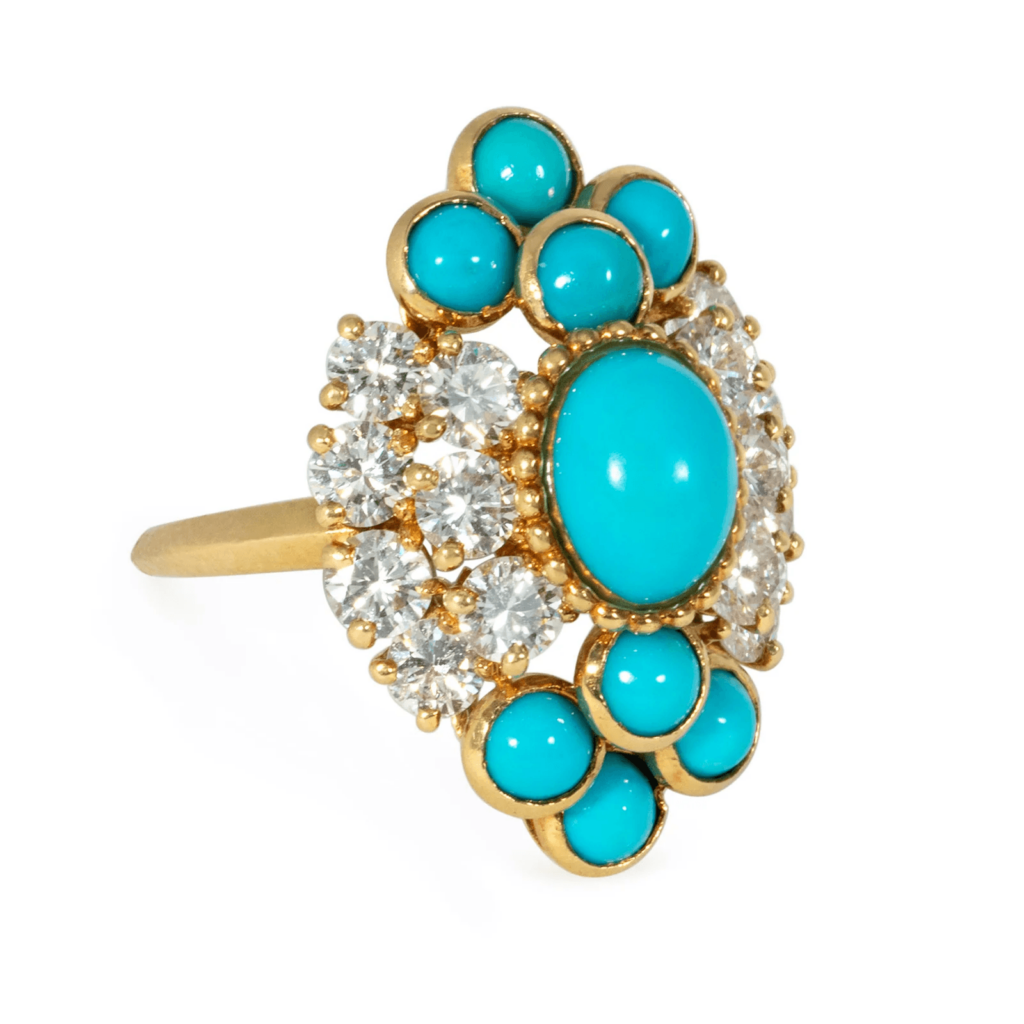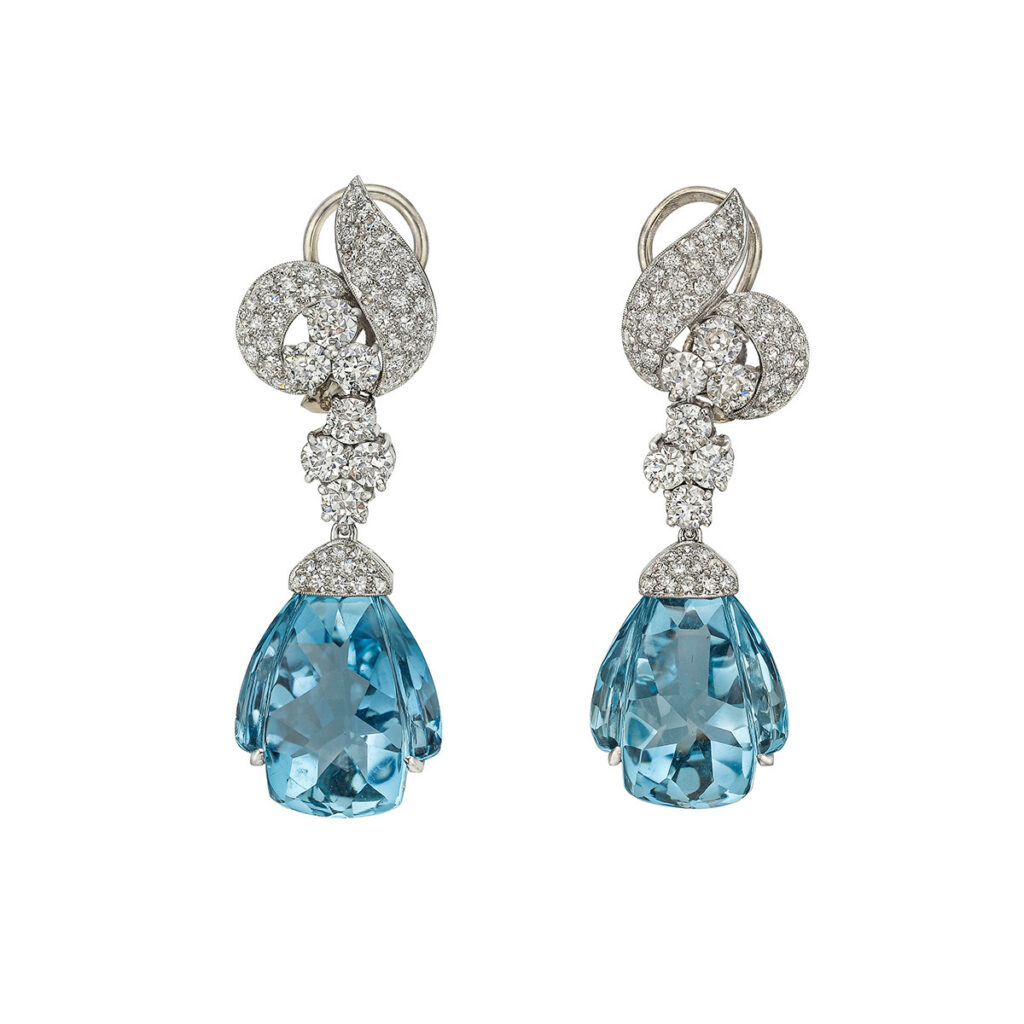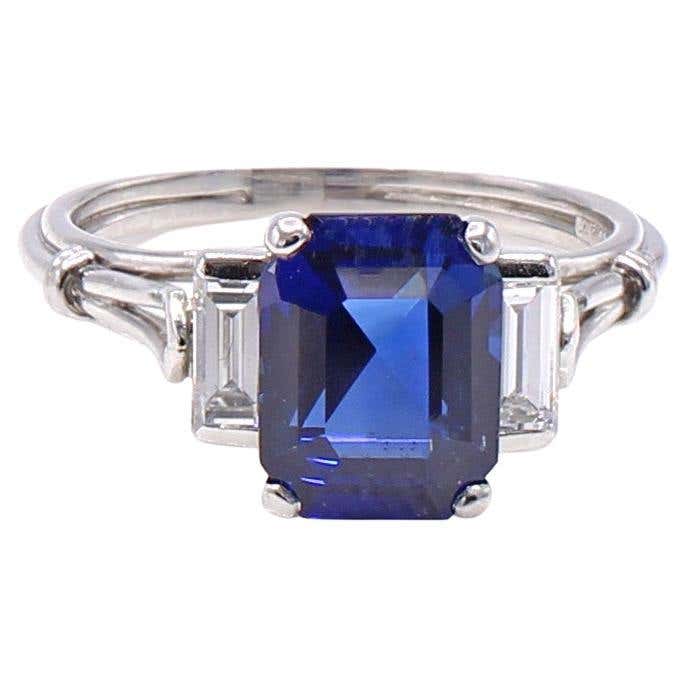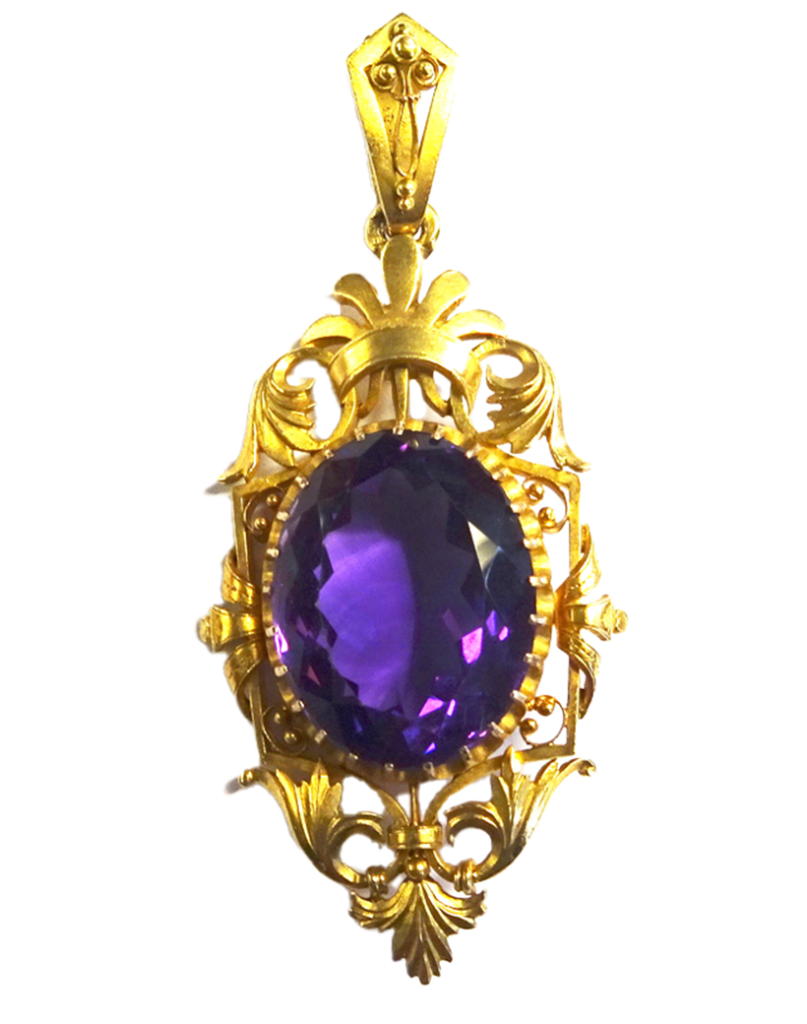One of the most beloved jewelry traditions is the birthstone, a gem that is associated with the month in which you were born. For many of us, one of our first jewels cradled our birthstone, a talisman to cherish for life. But did you know that this thoroughly modern jewel got its start in Biblical times?
Twelve Gems for Twelve Tribes

The connection between gemstones and an association with a higher consciousness started with the jeweled breastplate of Aaron, the high priest of the Israelites as mentioned in the Bible’s Book of Exodus. The breastplate held 12 stones, with each one representing one of the 12 tribes of Israel. The gems were said to have mystical powers and while they weren’t associated with a birth month, these gems started the association with twelve. The breastplate stones were arranged in four rows of three. The first row held carnelian, chrysolite, and emerald. The second row contained turquoise, sapphire and amethyst, while the third row was comprised of jacinth, agate and crystal. The final row of stones was made up of beryl, lapis and jasper. The type of gems in the breastplate may vary due to translations and also due to which version of the Bible is used. Also, in ancient times gems were evaluated differently and there was no technology to help identify stones, so we may know some of these gems by different names today.
Gemstones Connected to Astrology

In the first century, historian Flavius Josephus believed that there was a connection between the gems in the breastplate, the twelve months of the year and the twelve zodiac signs. In the fifth century, St. Jerome also connected gemstones to a month and astrology. It was during that time that people starting collecting gems associated with each month and then wearing them together in one piece, that practice morphed into people wearing one gemstone associated with the month of the year. A gem was considered to have extra strong mystical powers during its associated month.
Sometime in the 1700s in Europe, possibly around Germany or Poland, the history gets a little murky through here, the idea of wearing a stone related to a person’s specific birth month began. Historians also suggest that birthstone jewelry was influenced by travel and trade with India. In Hindu culture birthstones are connected to a personal astrological chart as well as a zodiac sign. The gem is worn as protection and for luck. The Europeans were possibly influenced by this connection of gems to birth dates.
The Birthstone List

However, it was the early 20th century that really saw the craze for birthstone jewelry take off. In the late 1800s European immigrants came to America with sets of zodiac stones. By the early 1900s demand for zodiac or birth month stones was trending. So much so that in 1912, the American National Retailers Jewelers Association got together to decide what stone should go with each month. The list needed two things — to be simple and to feature gems that had an abundant supply. At the same time, retailer Tiffany & Co., realized that there was a marketing opportunity in this quest for birthstones. The jeweler tapped its gem expert, George Frederick Kunz, to write a pamphlet on birthstones and their meanings.
The original 1912 list started with one gem for each month, but in 1952 the list was revised by the Jewelry Industry Council of America to add additional gems to some months. That list stood until 2002 when tanzanite was added as a December birthstone; it was modified again in 2016 when spinel became a second stone for August.
Birthstone of the Month

Birthstone jewelry is one of the most personal jewelry gifts that you can give someone or buy for yourself. Wearing a birthstone doesn’t have to be limited to just your month. You may want to wear your birthstone combined with your partner’s birthstone, your children’s birthstones, that of a favorite relative, close friend or even your pet. And today with the expanded list of birthstones, some months have two or three gems, so you can choose your favorite. Here’s a list with all the birthstones for each month.
- January — garnet
- February — amethyst
- March — aquamarine, bloodstone
- April — diamond
- May — emerald
- June — pearl, alexandrite
- July — ruby
- August — peridot, sardonyx, spinel
- September — sapphire
- October — opal, pink tourmaline
- November — topaz, citrine
- December — turquoise, lapis lazuli, tanzanite
Featured image (top of page): Astrological clock, courtesy Josh Rangel, Unsplash.
Authored by Amber Michelle
